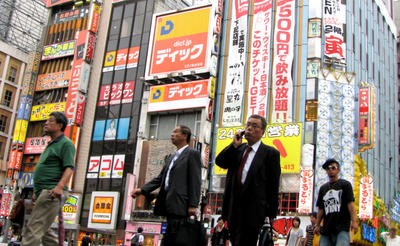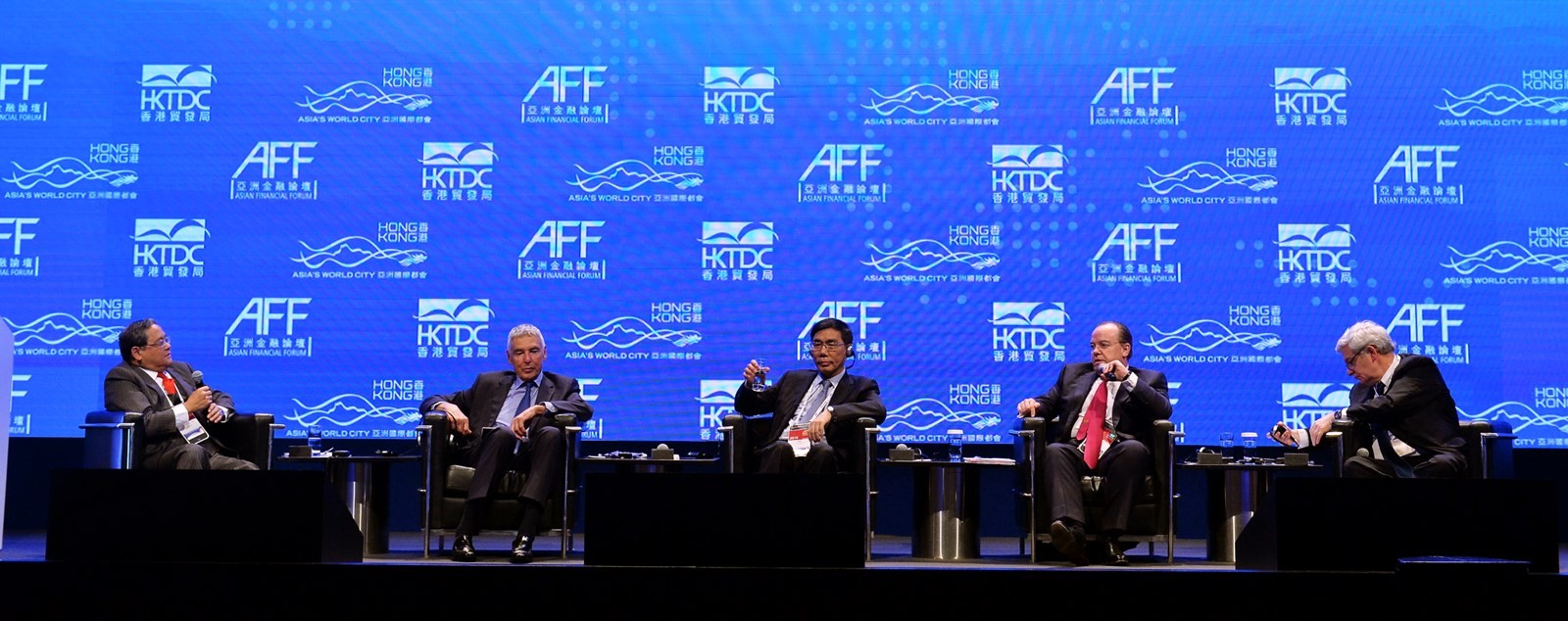Investment
Japanese firms invest too much

Author: Arthur Alexander, Georgetown University
Japanese companies’ obsessive attachment to investment carries serious negative consequences because investment does not pay as well as it could.

Too much capital means low returns to investment. When the real economy-wide returns to investment are low, interest rates, insurance annuities and dividends for savers and investors are low too. Excessive use of capital means that a reduced share of national income goes to labour, while low dividend payouts and real interest rates produce lower incomes for retirees and others dependent on their savings. Several generations of Japanese savers have been hurt because they sacrificed consumption in favour of saving; poor returns to these savings generated lower income later; and wages were reduced because resources had to be diverted from labour to capital. All of this has had an adverse effect on consumer income and thus on consumer demand and welfare.
How could this situation arise? The bank-centred finance system spawned by the wartime government focused neither on shareholders nor on profitability. And so, for the next 50 years, corporate financing continued to be funnelled through bank loans rather than capital market funding through stocks and bonds. Banks sought to maximise their lending; they were thus concerned with a firm’s ability to pay back its loans, not profit maximisation. A mutual protection system involving cross-shareholding among companies and their banks made corporate takeovers — friendly or hostile — a rare occurrence. Lifetime employment for senior management protected incumbent managers from the consequences of their own low-returns strategy.
Investment is an indispensable ingredient for modern economic development and growth. As necessary as this investment was in Japan’s initial industrial take-off, maintaining such high rates became increasingly inefficient, yielding less output than demonstrated to be feasible elsewhere.
For example, Japanese private investment has taken a larger share of private output than in the US, averaging about 4.5 percentage points more of GDP. In the past 20 years, the Japanese economy has grown at half the rate of the US economy while investing 30 per cent more of its total output. As investment continued to grow at a fast pace in a decelerating economy, the stock of capital relative to output — or annual GDP — took off.
Japan’s excessive capital expansion caused its rate of return on capital to fall much more than elsewhere. Japanese returns fell below those in the US and Western Europe around the late 1970s, and then kept falling. If Japan has to have $2 of capital stock for every $1 in GDP it produces, it is in worse shape than a country that needs only $1 of capital stock to produce $1 of GDP.
At the end of 2011 Japan owned US$938 billion in foreign direct investment. On average, US foreign returns are double that of Japan’s, and US investments generate about the same results in Japan as they do elsewhere in the world.
If domestic and overseas returns on assets are roughly similar, perhaps low returns are not a function of being in Japan, but of being a Japanese company using Japanese corporate strategy.
The fact that US-owned direct investment in Japan produces similar returns to US investments in the rest of the world — which consistently outperform Japanese domestic and foreign investment — suggests that there is more to corporate profitability than where business is conducted.
The rewards from saving and investment are lower in Japan than in other economies. Although monetary policy drives nominal interest rates over the short term, in the longer term, real returns in the non-monetary economy govern the gains achieved by diverting current income from consumption to saving. Abysmally low returns have deprived a generation of savers of the income that they would have got with a more optimal level of investment. In addition, since Japanese companies have reinvested their profits rather than pay out dividends, low dividend payouts and low company growth from low-return investments doubly penalised shareholders.
Japan’s corporate governance has had an anti-shareholder stance since the 1880s, and to this day Japanese companies are less likely than their US counterparts to eliminate jobs to protect profits.
Japan’s low rates of return arise partly from a system of corporate governance that does not emphasise profitability, a banking system that did not adequately monitor borrowers, government policy that protects employment — and politicians that liked it that way.
In recent years Japan has introduced a host of changes in laws and practices aimed at improving its financial system and business performance. These changes helped end the system of bank-centred corporate finance, especially for large firms; mergers and acquisitions by foreign companies have increased ten-fold.
And yet there is scant evidence that the real productivity of capital has improved substantially.
Japanese businesses may have reasons to prefer lower returns. For example, unprofitable operations can be maintained without the messiness of closing them down, with all the negative consequences of lost jobs and weakened communities. The point is that policies and customs have consequences, and that Japan’s low-return strategy may have outlived its usefulness.
Arthur Alexander is a Visiting Professor at Georgetown University and was previously President of the Japan Economic Institute in Washington DC.
A version of this article was first published in the August 2012 edition of the Oriental Economist Report.
- The Japanese economy’s recovery
- Private Chinese firms don’t get bank loans? Think again
- Invest in infrastructure to restore confidence in the global economy
Go here to see the original:
Japanese firms invest too much
Business
Asian Financial Forum (AFF) Features 2,800+ Government, Finance and Business Leaders

Co-organised by the Hong Kong Special Administrative Region (HKSAR) Government and the Hong Kong Trade Development Council (HKTDC), the two-day Asian Financial Forum (AFF) came to a successful conclusion today at the Hong Kong Convention and Exhibition Centre. (more…)
China
Asian Infrastructure Investment Bank opens for Business
The inaugural meeting of the Asian Infrastructure Investment Bank’s Board of Directors was convened in Beijing on January 17, 2016. The Board of Directors is made up of 12 Directors, of which 9 Directors represent regional members and the others non-regional members. Mr. Jin Liqun, President of the AIIB, chaired the meeting.

The inaugural meeting of the Asian Infrastructure Investment Bank’s Board of Directors was convened in Beijing on January 17, 2016. The Board of Directors is made up of 12 Directors, of which 9 Directors represent regional members and the others non-regional members. Mr. Jin Liqun, President of the AIIB, chaired the meeting. (more…)
Banking
Beloved panda was wartime ambassador warming hearts of people
Ming the panda gets behind the camera for photographer Bert Hardy in 1939 in London Zoo. In the chair is Hardy’s son Mike. Getty Image She was black, white and furry, far from home, and loved having her tummy tickled, especially by princesses.
Ming the panda gets behind the camera for photographer Bert Hardy in 1939 in London Zoo. In the chair is Hardy’s son Mike. Getty Image She was black, white and furry, far from home, and loved having her tummy tickled, especially by princesses.
Follow this link:
Beloved panda was wartime ambassador warming hearts of people












